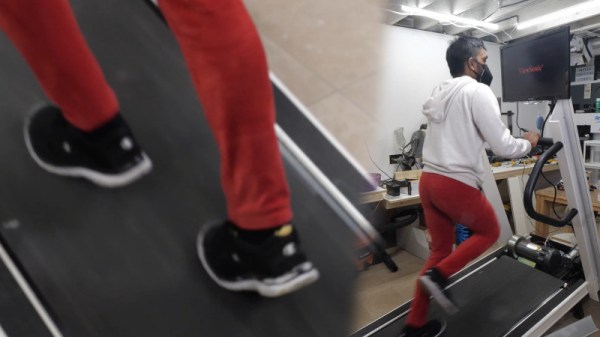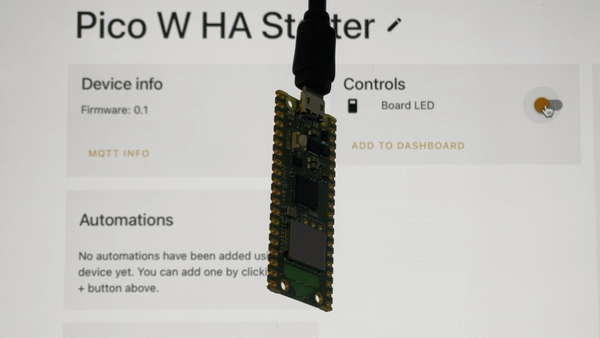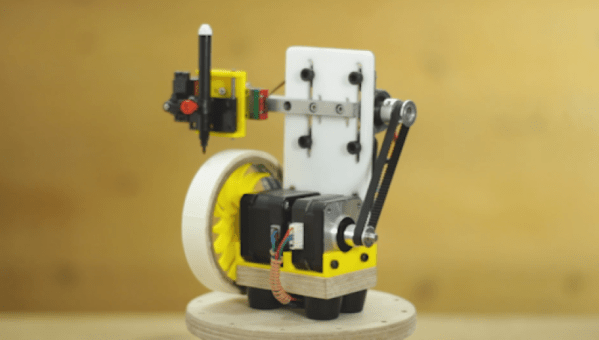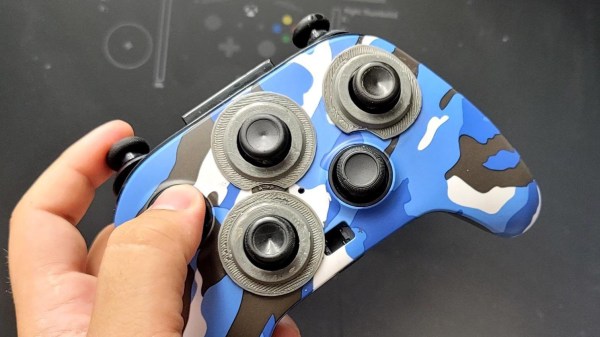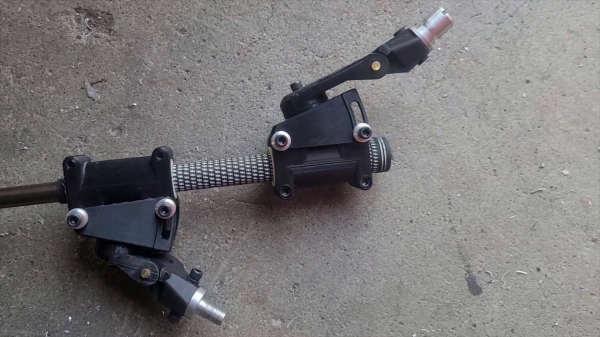Running on a treadmill is a great way to workout, but what if the effort you put in could be put to use? This treadmill generator from [Amitabh Shrivastava] does just that.
The build starts with a regular old treadmill, which has a motor inside typically used to power the tread. Instead, the motor’s control electronics were removed, and it was repurposed to work as a generator. The output from the treadmill’s DC motor was fed directly to a DC-DC converter. This was then fed to an inverter that generates 120 V AC, which can power appliances that use up to 20-25W based on [tinkrmind’s] running performance.
It’s a fun way to generate power during a workout. If you don’t want your treadmill’s monitor to die in the middle of a Friends rerun, you’ll have to dig deep on those long runs. We’ve seen similar builds before too, with exercise bikes being a popular method of generating electricity. In fact, that’s [Amitabh]’s next project! Video after the break.
Continue reading “Hackaday Prize 2022: Treadmill Becomes Human-Powered Generator”

